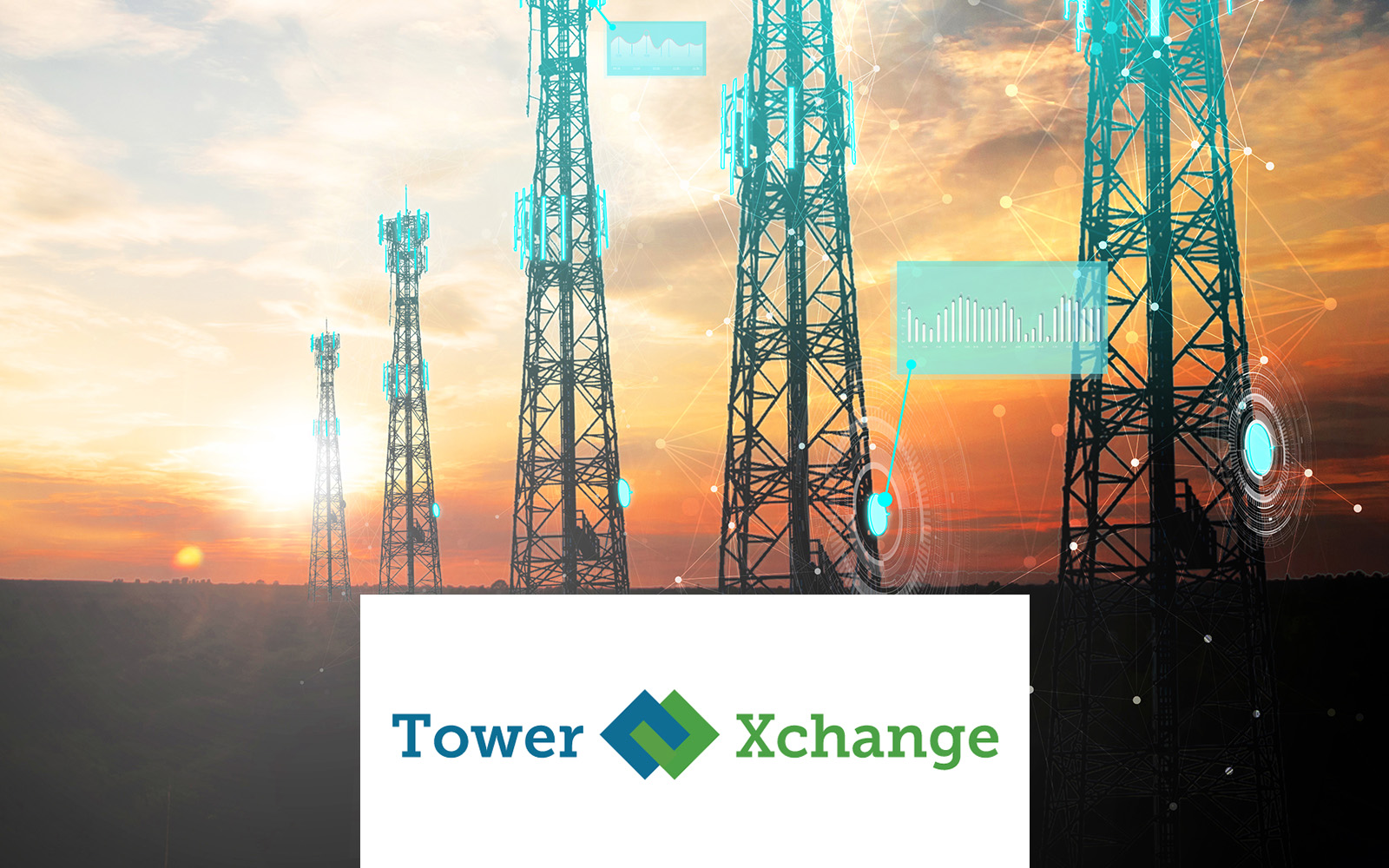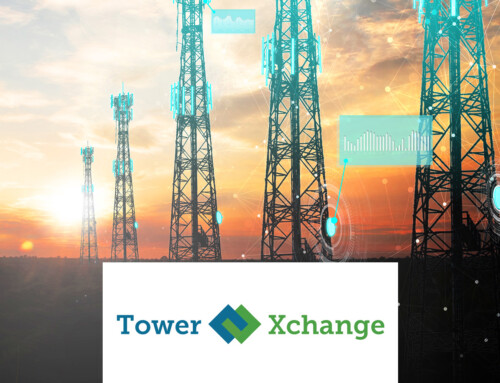Published on TowerXchange – By Christopher Greaves on March 12, 2023
TowerXchange: Please introduce yourself and OpenTower iQ.
Apurba Tribedi: This is my 28th year at Bentley Systems, a world-leading provider of software solutions for the global infrastructure industry, with offices in over 100 countries. As a global leader in the provision of interoperable digital twin cloud services, Bentley Systems is used by engineers, architects, and operators from around the world to build, operate, and advance the world’s infrastructure.
OpenTower iQ is a newer division in Bentley to focus our digital twin offerings in the telecom sector. I help to manage this group. Bentley’s digital twin platform, known as iTwin is offered as a PaaS (platform as a service) solution allowing our users and partners to develop and customize products to suit their needs and requirements. OpenTower iQ is an iTwin product organically developed within Bentley to serve Towercos, MNOs, as well as service providers, like engineering service providers, drone service providers, etc. As a part of Bentley’s Acceleration wing, OpenTower iQ is committed to bringing new innovations and services to meet the unprecedented demand for modernization and automation.
TowerXchange: What are the main challenges that OpenTower iQ can help towercos and MNOs overcome? Why are people using it?
Apurba Tribedi: As we understand, one of the biggest challenges in the telecom space is about the ‘known source of truth.’ This industry is constantly challenged by a lack of good quality data; there’s just too much data out there and no one knows what to rely on. The Telecom sector primarily uses mapping or inspection services, predominantly field surveys performed by tower climbers, spending millions of dollars every year for data that isn’t always reliable or correct. Sometimes, it’s done just to check a box to close the project
As you can imagine, field inspections are a very manual process that can be impacted by many factors, including the quality of training of staff or types of equipment used to assess the site, time, budget, etc. It’s difficult to get reliable, consistent field data. Climbing towers is risky along with other health hazards. So why not use available technology to empower field inspectors to deliver their services faster and cheaper while significantly lowering their safety hazards?
Drones are now being adopted for everyday scenarios and can capture images to build a tower ‘reality model’. However, this is just a model and it must be contextualized to get a fully functional digital twin. This is why I describe the space as murky as these datasets can vary depending on the hardware as well as the ability of the pilot. The outcome and the usability can vary significantly depending on the use cases and the persona.
To solve this, we developed an extensive set of AI algorithms that can automatically provide context and create consistency in how this data is gathered, contextualized, and displayed. We created the best practices guidelines to automate flight planning software along with geo-correction techniques, such as GCP (Ground Control Points) and RTK (Real-Time Kinematic), to get precise geolocated models. Without geo-correction, the accuracy can be significantly off.
To go one step further, we developed a special algorithm so that even with not-so-good data we can guarantee good results. We published a recent whitepaper that proved how accurate the data can be if it is scaled properly using a good algorithm. Ultimately, it’s about automating as much of the process as possible, and our priority is to innovate and ensure technology is available to get consistently good outcomes.



